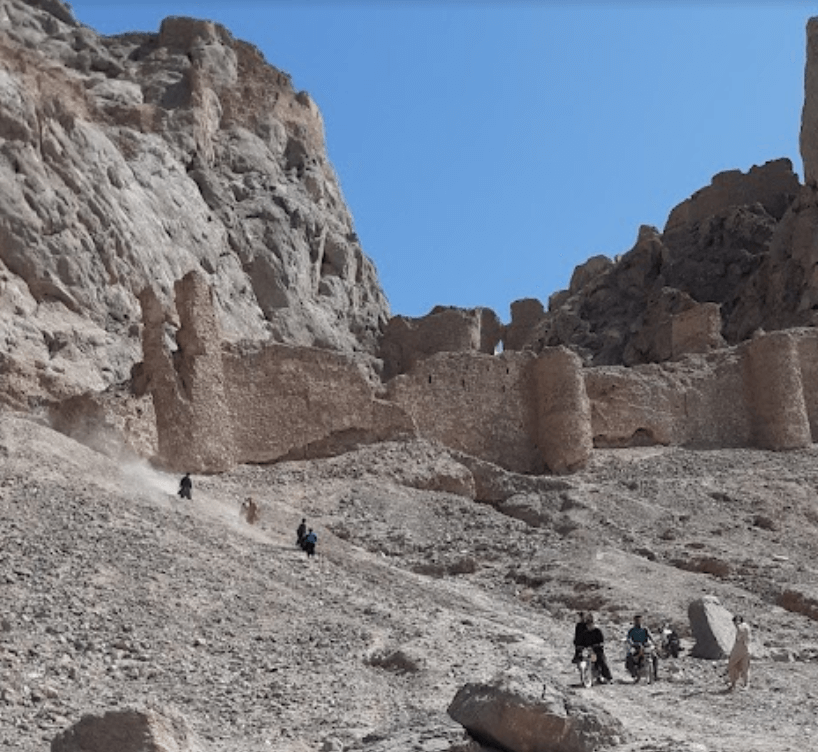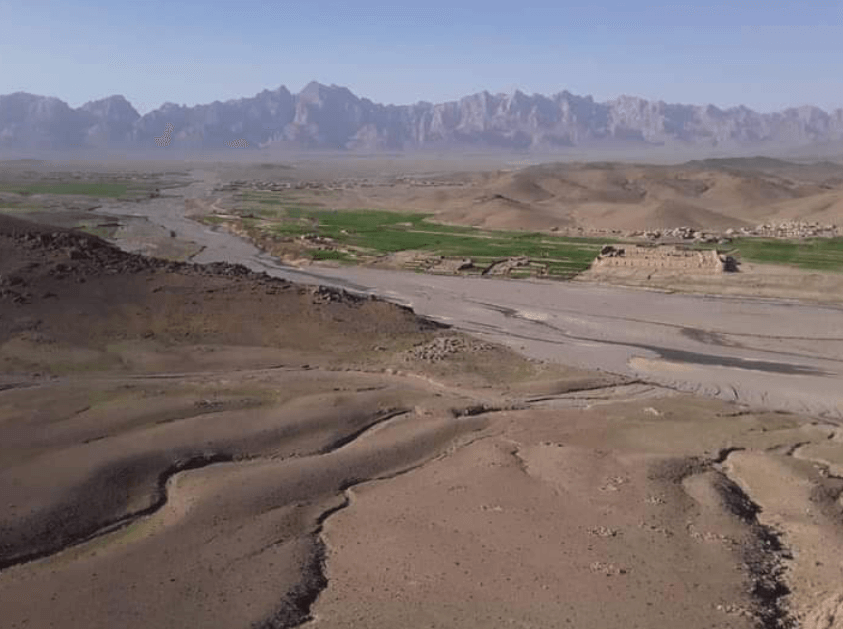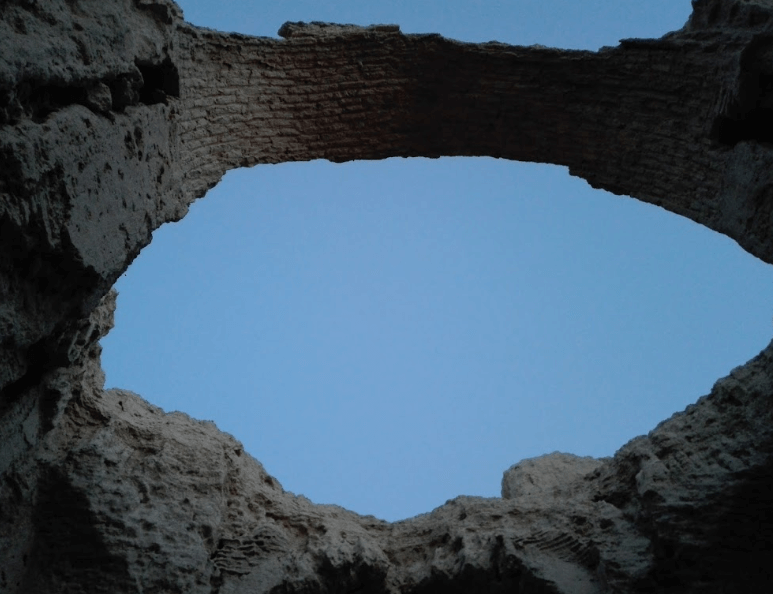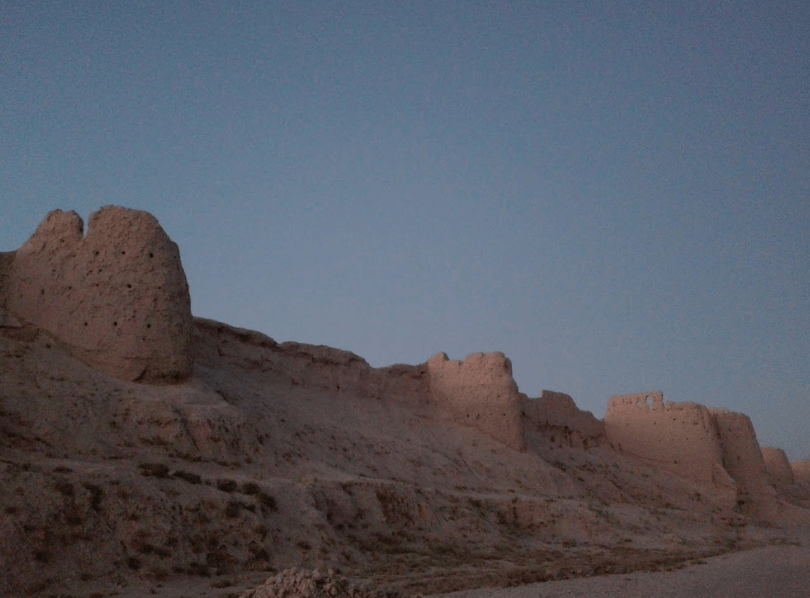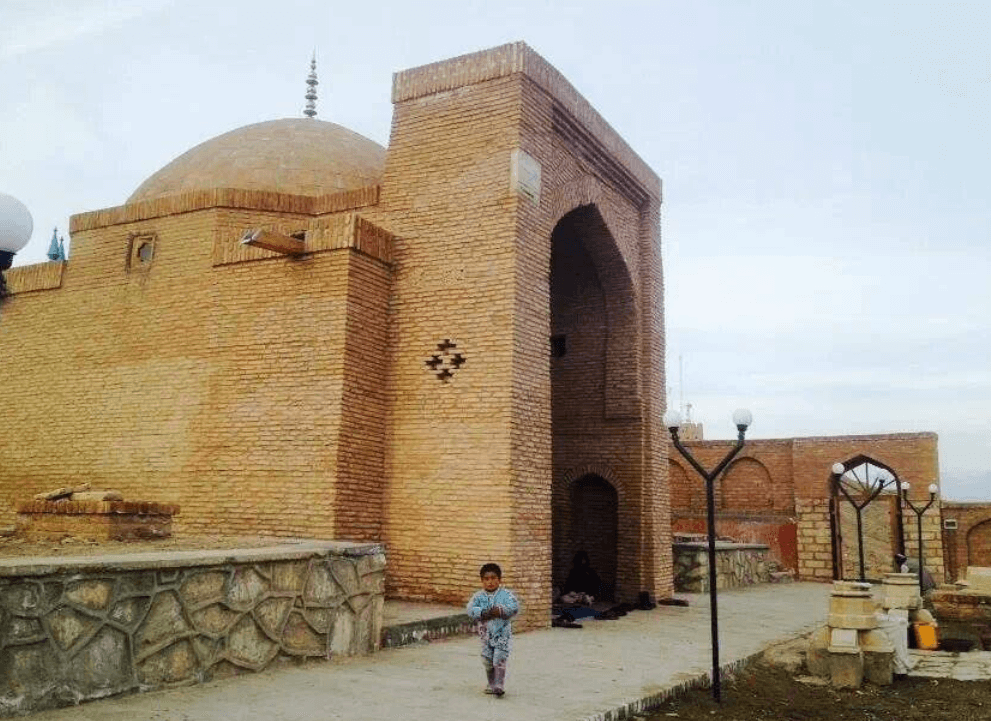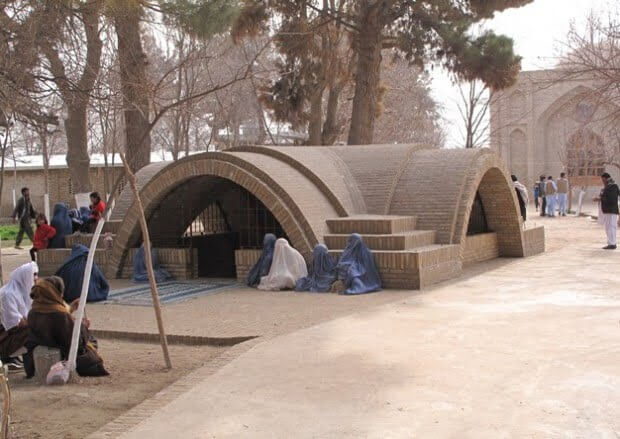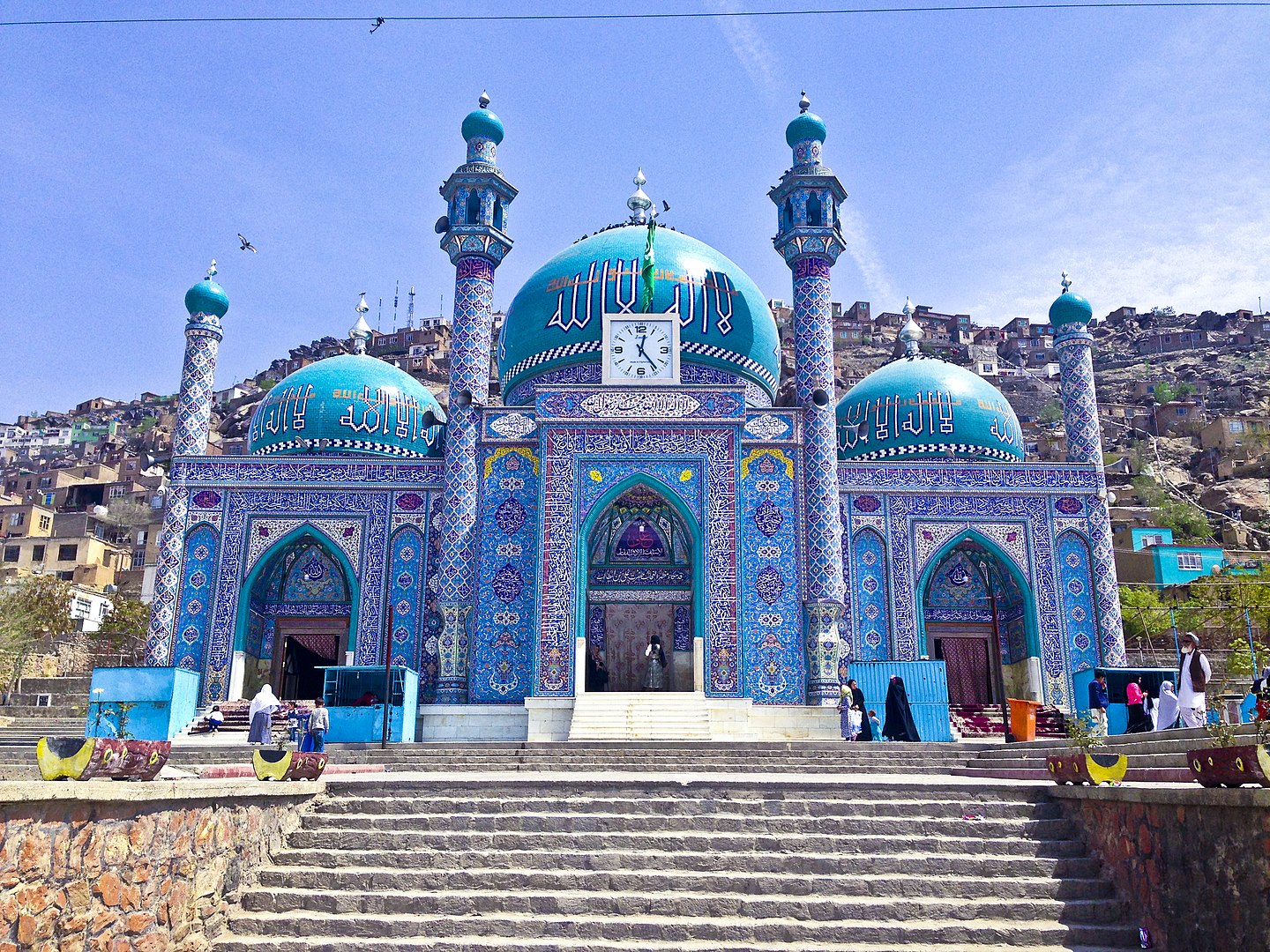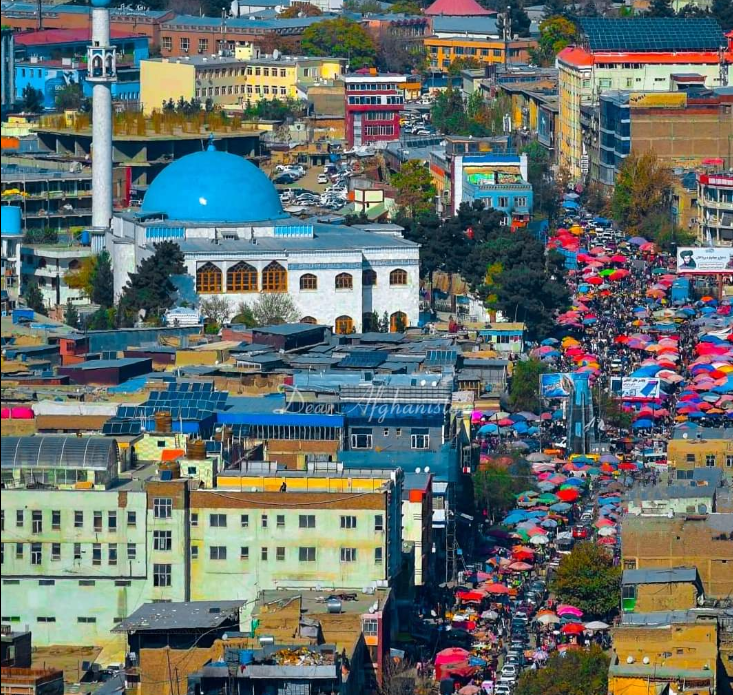Farah, Afghanistan
Coordinates: 32.38251, 62.11172
Introduction: Unraveling the Mysteries of the Citadel of Farah
Perched on the edge of Farah City in Afghanistan stands the Citadel of Farah, a testament to centuries of history and conquest. Known locally as Shar-e-Farahdun and attributed to Alexander the Great, this fortress offers a glimpse into the region’s rich past and enduring legacy.
Origins and Significance: Tracing the Footsteps of Alexander the Great
The Citadel’s origins date back over 2,500 years, shrouded in the mists of time and legend. Some speculate it was constructed by Zoroastrian warriors during the reign of Darius the Great, while others attribute its creation to the legendary Alexander the Great. Regardless of its origins, the Citadel’s strategic location overlooking the ancient province of Drangiana made it a pivotal stronghold along the Silk Road.
The Reign of Alexander: Prophthasia and Beyond
During his conquests, Alexander the Great arrived in Drangiana in 330 BC, where he encountered a well-organized province of the Achaemenid Empire. Renaming the capital Prophthasia, meaning ‘Anticipation,’ Alexander solidified his control over the region, marking the beginning of a new chapter in its history. However, following Alexander’s death, the Citadel’s fate became intertwined with the shifting tides of empire, falling under the rule of Seleucus I Nicator and later the Parthians and Sacae.
The Citadel as a Silk Road Waystation: Trade and Travel
As a strategic stop along the Silk Road, the Citadel facilitated the exchange of goods and ideas between Persia and India. Textiles, spices, and treasures traversed its walls, enriching the region’s cultural tapestry and cementing its position as a hub of commerce and diplomacy.
Architectural Splendor: Mud Walls and Domed Ceilings
Constructed with mud walls and domed ceilings, the Citadel’s architecture reflects the traditional building techniques prevalent in Farahi homes. This combination of form and material not only provided structural integrity but also ensured comfort, keeping the interiors cool in summer and warm in winter.
Restoration Efforts: Preserving a Cultural Heritage
Despite centuries of neglect and conflict, the Citadel of Farah remains a beacon of Afghanistan’s cultural heritage. From serving as an arms depot during the Mujahideen era to hosting family picnics today, the Citadel has witnessed myriad transformations. Efforts to restore and preserve this historic site are underway, with proposals submitted to the Ministry of Information and Culture for funding and support.
Exploring the Citadel: A Journey Through Time
For travelers seeking to immerse themselves in history, a visit to the Citadel of Farah offers a unique opportunity to step back in time. From exploring the weathered walls and rusting remnants of Soviet-style vehicles to soaking in the panoramic views of Farah City, the Citadel invites visitors to embark on a journey of discovery and reflection.
Conclusion: Embracing the Legacy of Farah’s Citadel
As we conclude our exploration of the Citadel of Farah, we are reminded of its enduring legacy as a symbol of resilience, culture, and heritage. From its ancient origins to its modern-day significance, the Citadel stands as a testament to the indomitable spirit of the Afghan people and the rich tapestry of their history.



